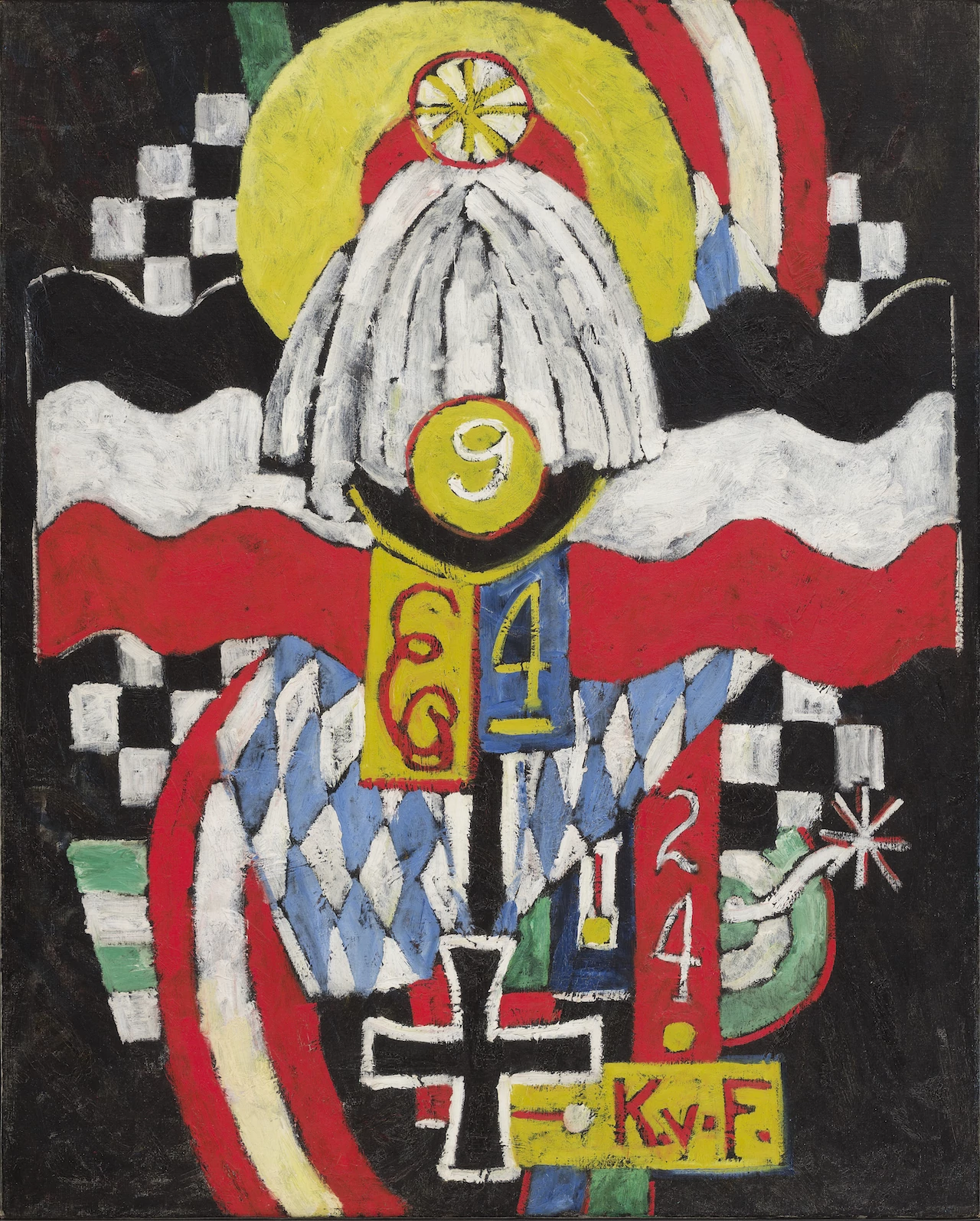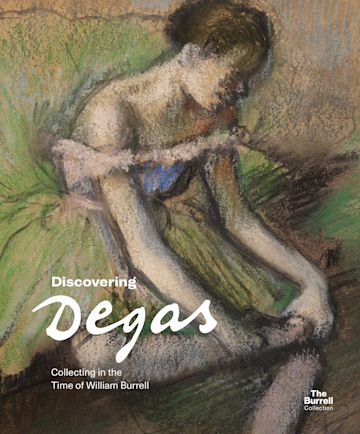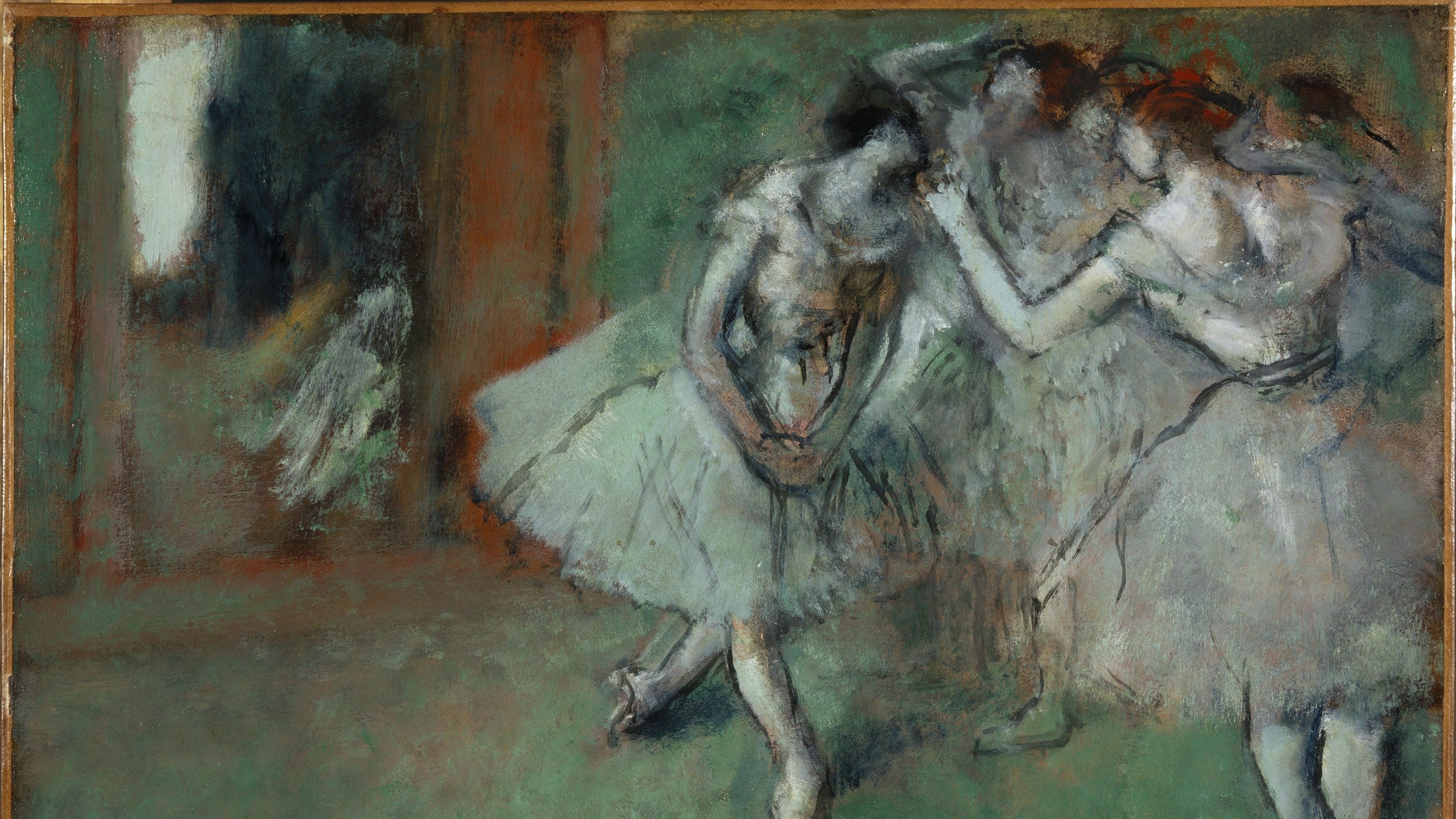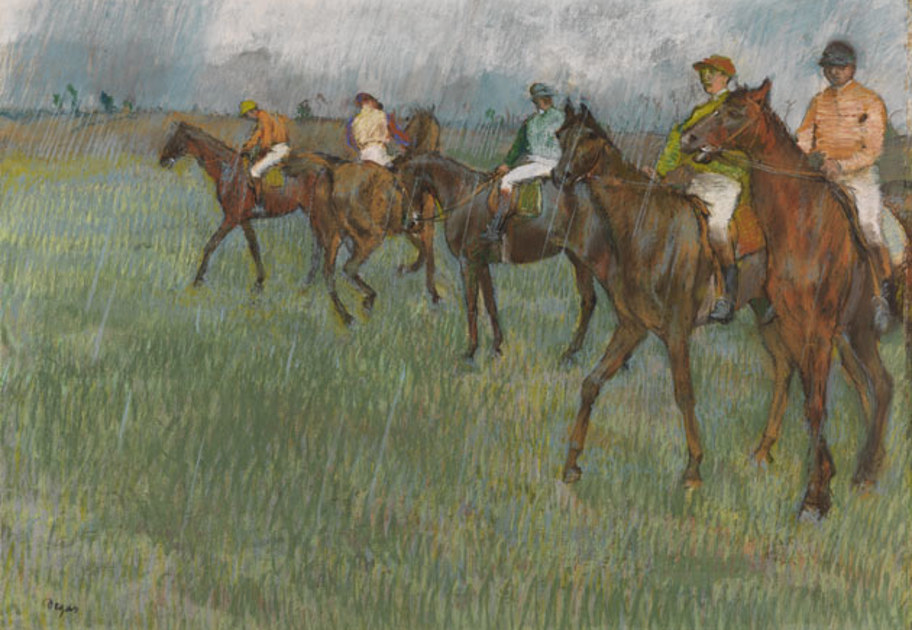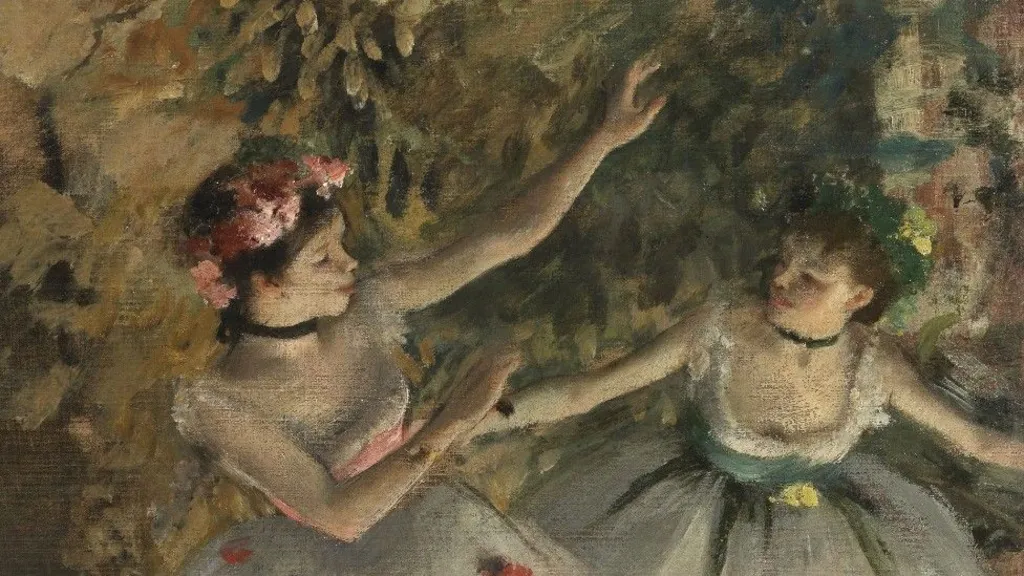BRANDYWINE MUSEUM OF ART
March 17–June 9, 2024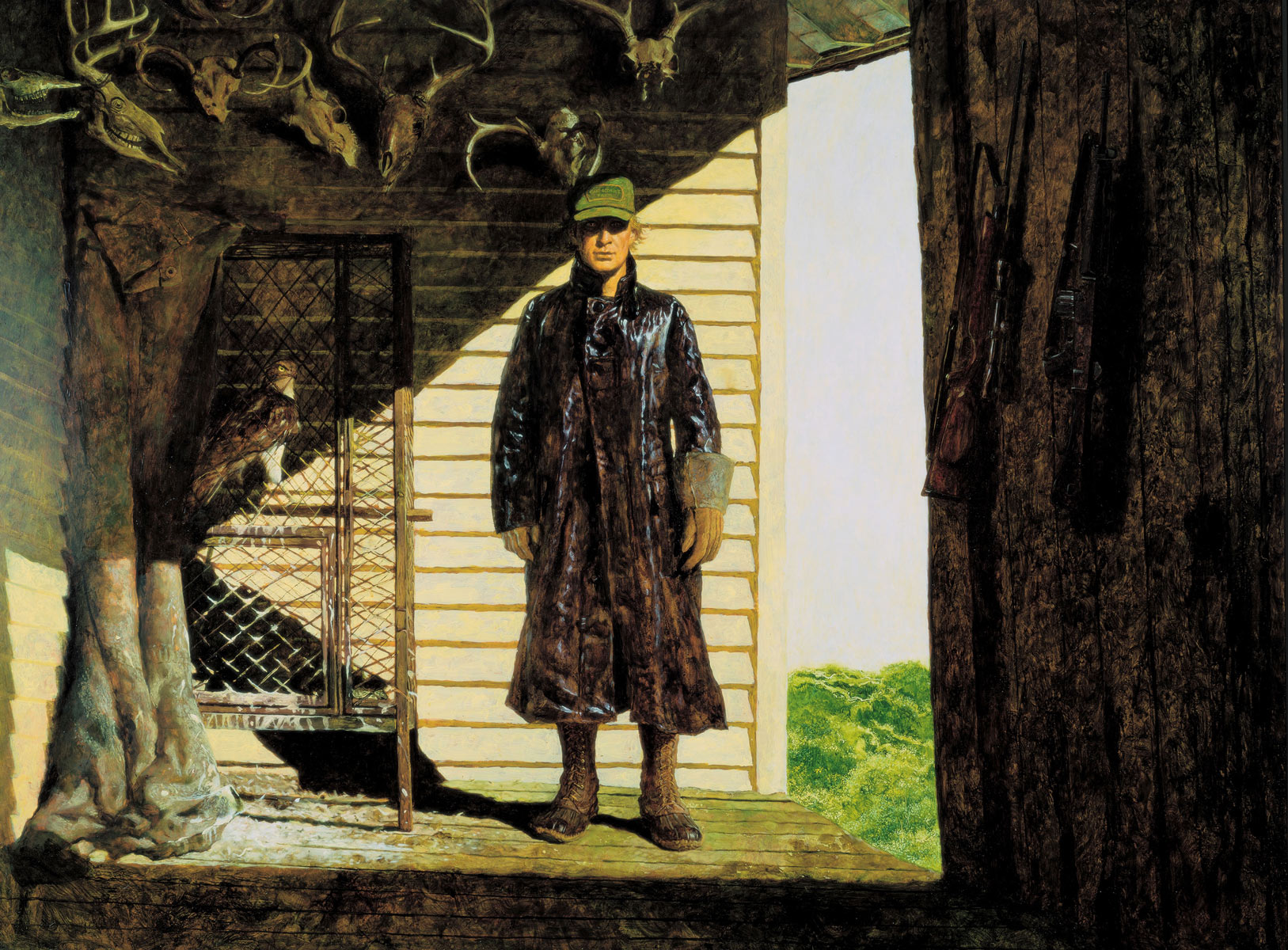
Opening at the Brandywine Museum of Art this spring, Jamie Wyeth: Unsettled will trace a persistent vein of intriguing, often disconcerting imagery over the career of renowned artist Jamie Wyeth (b. 1946). This major exhibition—organized by the Brandywine and five years in the making—will feature more than 50 works drawn from museum and private collections across the country that focus on the artist’s arresting, visceral imagery, revealing fascinating insight into Wyeth and the art of visual storytelling. Unsettled will be on view at Brandywine from March 17–June 9, 2024, before traveling to four additional art museums around the United States.
"Jamie Wyeth is a renowned American painter who has created his own legacy and redefined what it means to be a Wyeth. This exhibition takes a fresh look at the artist’s oeuvre and with remarkable nuance plumbs a rich vein of the uncanny throughout Wyeth's six-decade career," said Thomas Padon, the James H. Duff Director of the Brandywine Museum of Art. "As the title suggests, Unsettled focuses on a single through line in Wyeth's work—one in which ominous stillness, postapocalyptic skies, frightening shifts in scale, and strange vantage points seem to highlight the vulnerability of the human condition. With his startling compositions and a masterful use of media, color and texture, Wyeth creates an immersive, synesthetic experience that both engages and upsets visual and emotional equilibrium."
A celebrated figure in contemporary art and fiercely independent in the face of prevailing art world trends, Jamie Wyeth stands apart in a shadowy and strange world of his own creation. While frequently countered and even hidden by the artist’s fuller body of work—particularly his well-known coastal views, farmscapes, and portraits—a consistent thread of darker, more troubling imagery has been a constant in the artist’s work over the past 60 years. His work has evolved from the ultra-realistic visions and virtuoso brushwork of his youth into a mature expressionism in which intense color and dramatic paint handling electrify his canvases. As this exhibition will reveal, in each of these stages of his career Wyeth is at home with uneasy subjects and a master of the unsettled mood.
“Across the decades, Wyeth has honed his attention onto unnerving phenomena, zeroed in on uncanny experiences, and delved into a world of unsettling imagery,” said Amanda C. Burdan, Ph.D. Senior Curator at Brandywine and curator of the exhibition. “With consummate skill, marshaling a wide range of disconcerting elements—subjects, compositional approaches and techniques—within his works, Wyeth has developed skillful, cinematic evocations that can induce anxiety in the viewer.”
Unsettled begins with a presentation of eccentric portraits that illustrate Wyeth’s most powerful means of evoking disquieting moods, like the subjects in Bean Boots (1985) and Dead Cat Museum (1999), or the figures left partially hidden, such as in Record Player (1964) and Other Voices, Study #1 (1995). The exhibition continues by immersing viewers into natural and supernatural worlds, from works inspired by the artist’s time spent in Maine—which frequently acknowledge the power of the sea and its fearsome ability to render humans helpless—to forest-based works from Pennsylvania that delve into the supernatural side of nature. The animal kingdom also offers opportunities for Wyeth to stretch his dark imagination, with portraits of frenzied birds, mesmerizing sheep, and decapitated deer in vivid paintings. The exhibition concludes with an exploration of haunted spaces, from eerie exteriors like Pom Pom’s Cadillac (ca. 1965) to works such as Gull and Windsor (1993) that breach thresholds to explore uncertain interiors.
Jamie Wyeth: Unsettled is accompanied by a fully illustrated catalogue co-published by Rizzoli Electa and Brandywine. This major publication features a lead essay by Burdan, as well as contributions from other authors who explore the creation of similarly unsettling moods in different media, including essays by John Rusk on filmmaking, Rena Butler on choreography, Michael Kiley on sound artistry, and Jennifer Margaret Barker on classical composition.
Following its presentation in Chadds Ford, PA at the Brandywine, the exhibition will travel to the Farnsworth Art Museum (Rockland, ME), Greenville County Museum of Art (Greenville, SC), Dayton Art Institute (Dayton, OH), and the Frye Art Museum (Seattle, WA).

